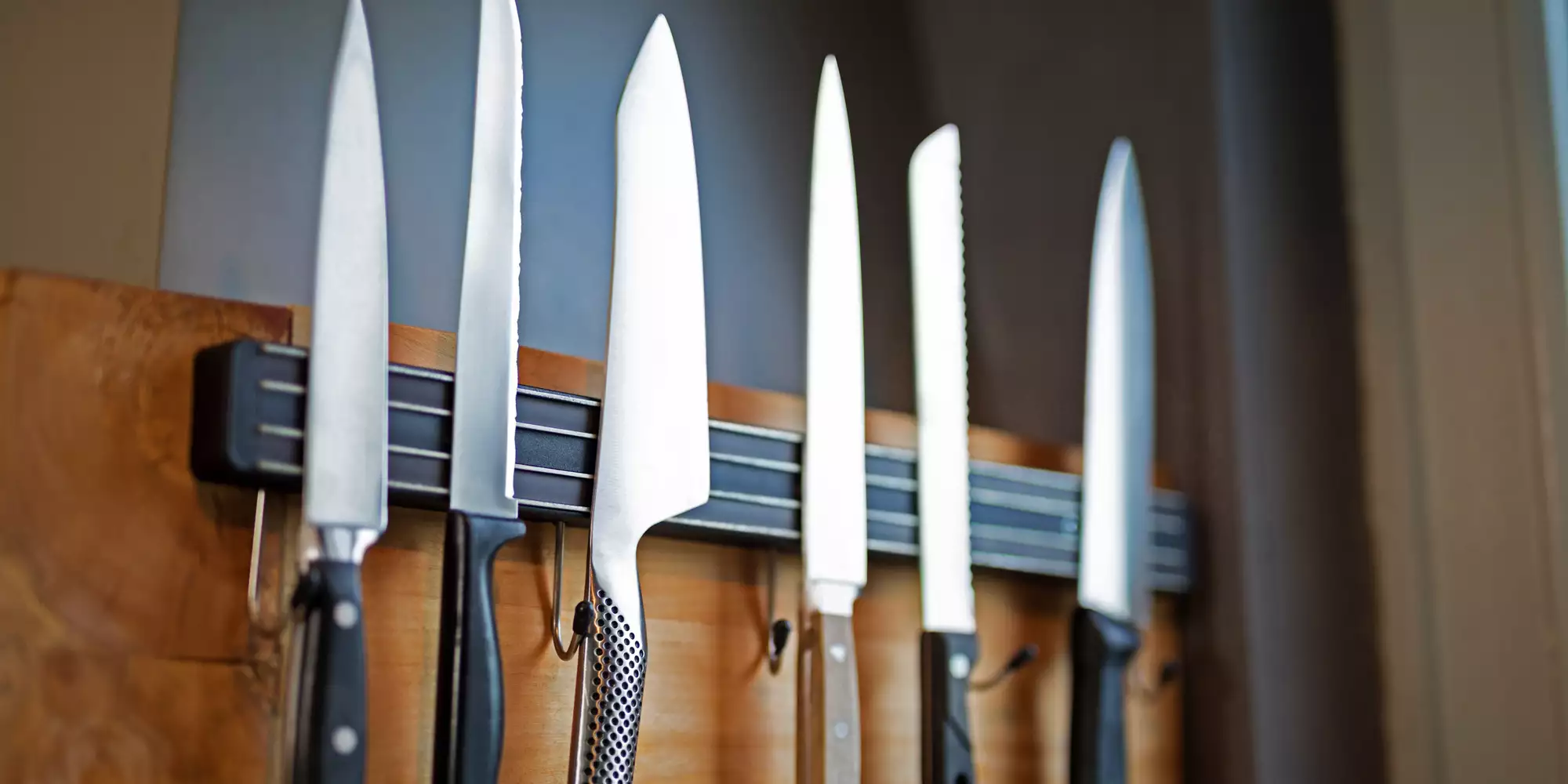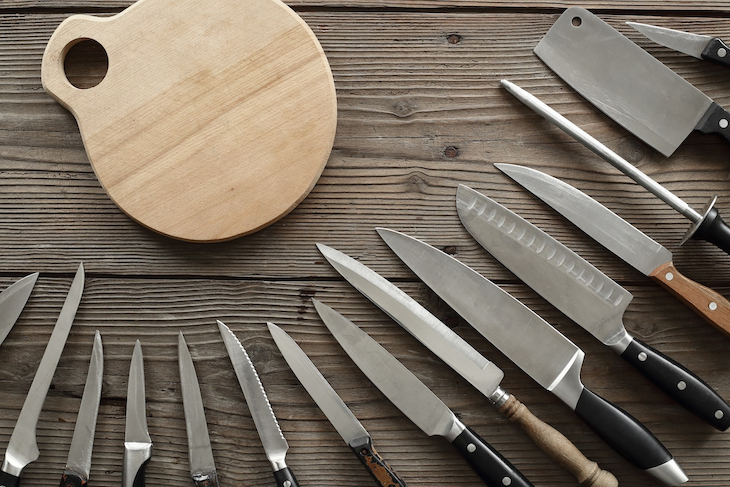15
Jul

Creating a culinary masterpiece requires having the right tools and ingredients. Famous chefs and cooks know this, and that’s why they spend lots of money on cooking supplies, such as various kitchen tools and utensils.
Since almost every cooking task requires slicing, cutting and peeling, a set of high-quality knives is an essential part of every chef’s arsenal. It makes food prep instantly more efficient and enjoyable.
The biggest dilemma when buying kitchen knives is whether to buy a single knife and gradually collect the rest, or to invest in a complete set from the start. What would be best for you depends on many factors, but mostly on your existing utensils, your cooking habits and your budget.
Both have their own advantages and disadvantages, although getting a complete kitchen knives set will usually be the better investment in the long run. Here are some of the main reasons why you might be better off shopping in bulk:
If you’ve just started to cook or moved into a new apartment, you probably haven’t got many knives and other kitchen essentials. Or, you might not have a somewhat more modest assembly that you’re looking to expand.
In any case, getting everything you need in one go can save you a lot of time, money and effort. A set will also make sure that all your knives match in terms of quality, design and feel – which is not always the case when you start mixing and matching individual pieces.
It’s almost always cheaper to buy a set of knives than to purchase each knife separately. This is especially true for high-quality models, which can be quite expensive when bought individually. The reasoning behind this is simple – manufacturers can offer a discount when you buy multiple items from them.

Now the trick is to find something that matches your needs without breaking the bank. And remember, the number of knives in a set doesn’t necessarily correlate with the quality or the price. A 7-piece kitchen knife set might cost just as much as a 5-piece set, but the former will usually offer greater value for your money.
Most sets come in some kind of packaging, such as paper, cardboard or even wooden boxes. That does not only make knife sets lovely gifts for cooks and chefs but is also handy in terms of knife storage. Storing your precious knives in their original packaging keeps them safe and well-protected.
Some knife sets include wooden blocks or magnetic stripes that are a beautiful complement to any kitchen countertop’s design and a great storage solution. Others offer a wooden cutting board, along with knives, to create the perfect cheeseboard for your cheese and wine dates and gatherings. You can even find a honing stick or a knife sharpener to keep your knives in the best shape.
These items can be very pricey when sold separately but are much cheaper when they come in a set. Simply put, you get the best bang for your buck when you decide to buy a knife set.
As much as kitchen knives set can simplify your life, it can also be overwhelming – especially if it contains a dozen or more blades. Most cooks will only need a small selection of these on a regular basis, while the rest can be used for more specific tasks or saved for later.
You’ve probably seen that large knife chefs typically use on TV shows. They love this all-purpose knife because of its versatility. They use it for a variety of cutting chores, from chopping vegetables and slicing meat to mincing garlic and herbs and much more.
Chef’s knives come in various lengths, from 12-25 cm. How long should the chef’s knife you choose be? Opt for a knife that feels comfortable to you. A longer blade naturally provides more cutting space. Also, choose one that feels balanced and has a comfortable handle.
Also known as a utility knife, a paring knife is a small knife. It’s usually 5-10 cm long and is ideal for fine-cutting jobs, like cutting small vegetables and fruits, mincing herbs, and trimming the fat from a piece of meat. Chefs also slice a wedge of hard cheese using it.
Some people find paring knives too short for them. If this is you, choose a set containing a slightly longer utility knife instead. That offers even more versatility.
Also known as a bread knife, a long serrated knife is crucial for slicing bread and roasts and cutting soft fruit and vegetables, such as tomatoes. It’s usually 25 cm long and, if bought separately, is the knife you can save on. Inexpensive options are okay since many serrated knives don’t resharpen well.